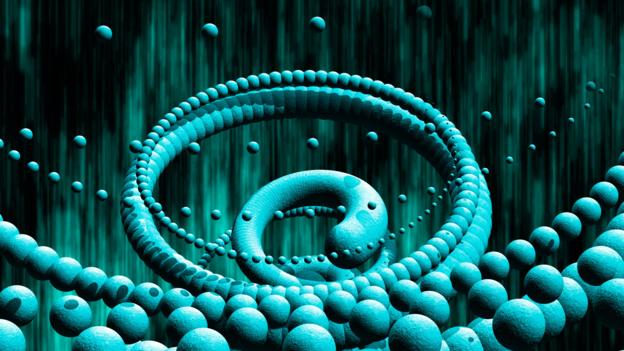A technique based on genetic bar codes can easily map the connections of individual brain cells in unprecedented numbers. Unexpected complexity in the visual system is only the first secret it has revealed.
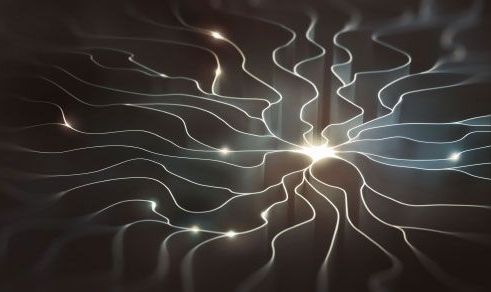


The Google Lunar Xprize, a decade-long competition to put a privately funded spacecraft on the moon, may have come to an anticlimactic end but organizers aren’t conceding defeat just yet. They have today announced plans to re-launch the competition, though with no current sponsor to speak of teams could be competing for bragging rights only.
Launched in 2007, the Google Lunar XPrize tasked competing teams with getting a privately funded spacecraft to the Moon before having it travel 500 m (1,640 ft) and transmit HD video and images back to Earth. It offered up US$30 million in prizes, though these went unclaimed as organizers finally pulled the pin in January following several deadline extensions.
Google had funded the original Lunar XPrize but will be taking no part in the relaunched competition, which means that no cash is currently up for grabs. XPrize is now seeking a new title sponsor for the competition, who would get naming rights and be responsible for offering up prize money for the winners.
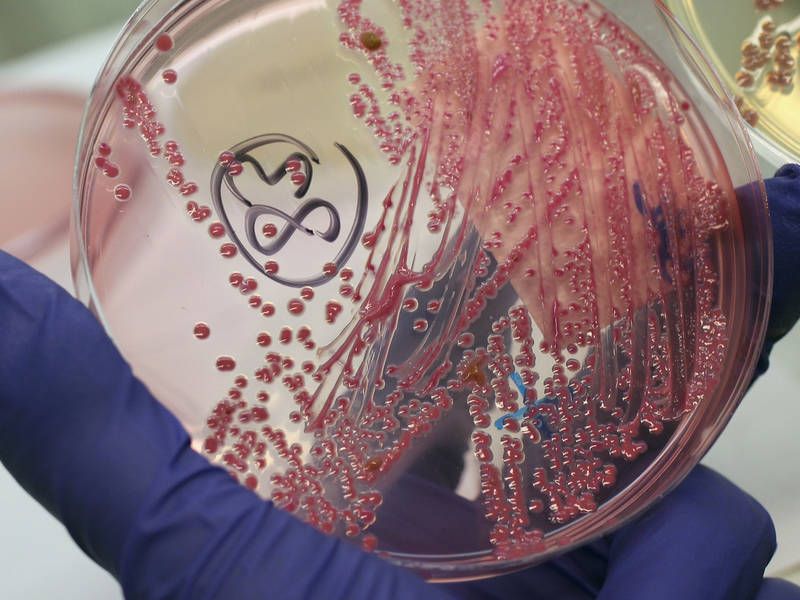

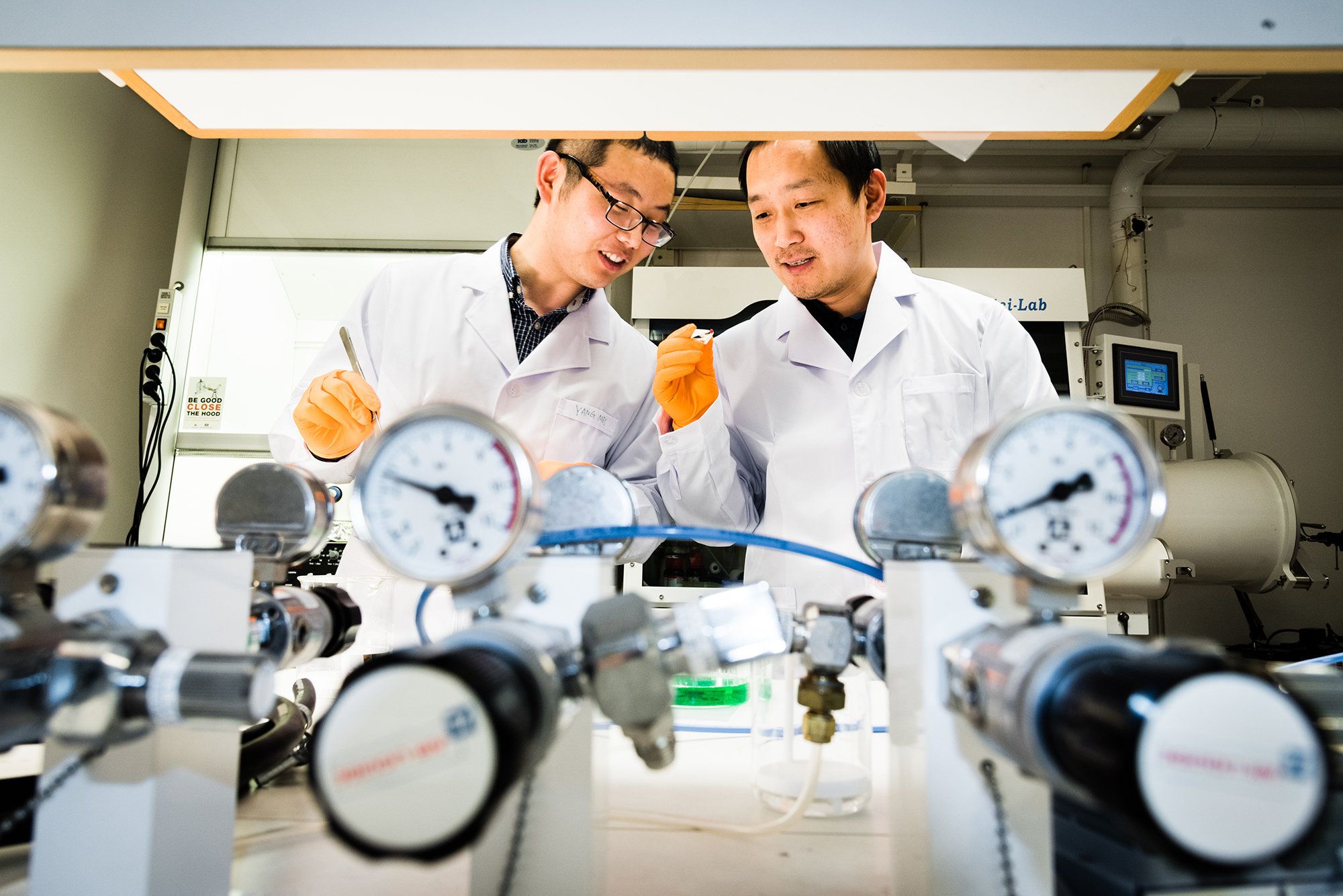
Researchers have taken a step toward manufacturing solar cells from lead-free perovskites. High-quality films based on double perovskites, which show promising photovoltaic properties, have been developed in collaboration between Linköping University, Sweden, and Nanyang Technological University in Singapore.
Research groups around the world are pursuing the potential of perovskites as one of the most promising materials for the development of cheap, environmentally friendly and efficient solar cells. In just a few years, the power conversion efficiency has increased from a few percent to over 22 percent. The perovskites currently available for use in solar cells, however, contain lead, and Feng Gao, senior lecturer at LiU, was appointed in the autumn of 2017 as Wallenberg Academy Fellow to develop lead-free double perovskites, in which a monovalent metal and a trivalent metal replace the divalent lead.
In the laboratory at the Division of Biomolecular and Organic Electronics, LiU, postdoc researchers Weihua Ning and Feng Wang have successfully manufactured single-layer thin films of densely packed crystals of double perovskites. The films are of extremely high quality and can be used as the active layer in solar cells, in which sunlight is absorbed and charge carriers created.
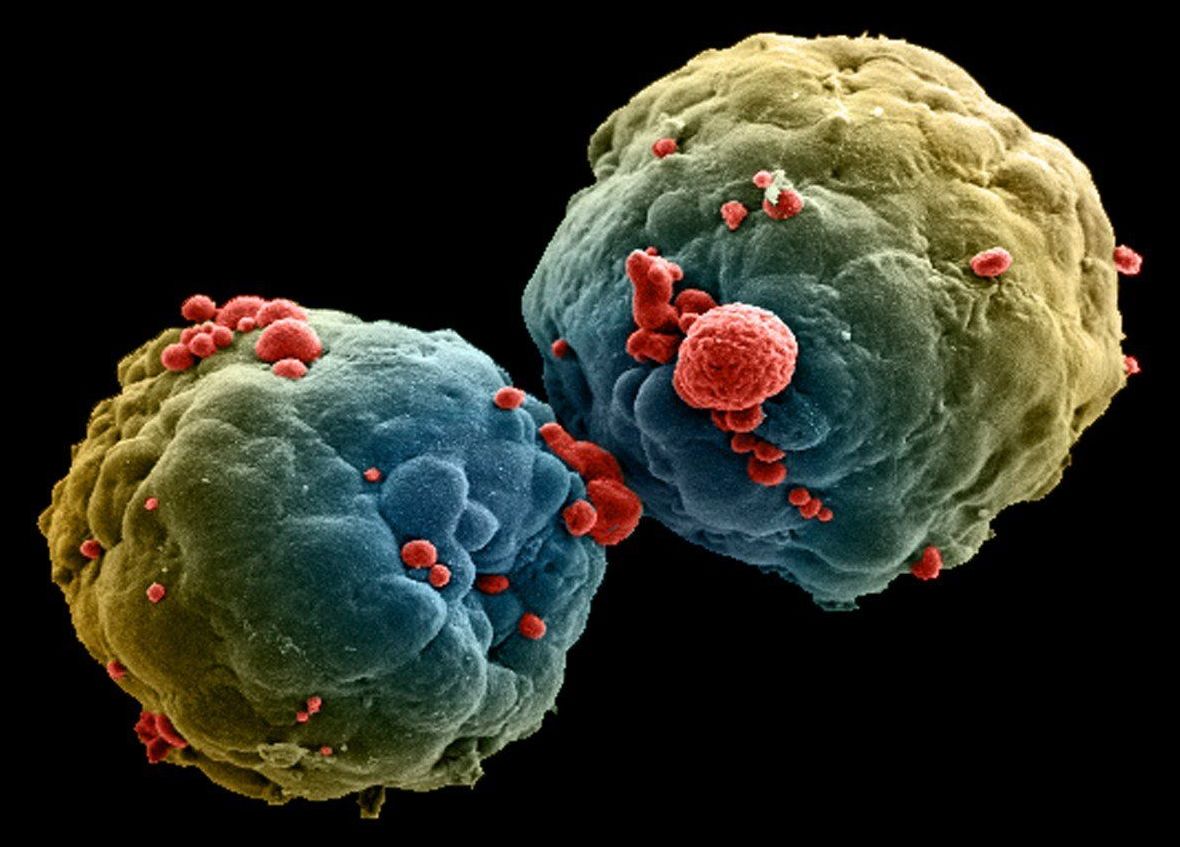
A 10-year-long study called the PanCancer Atlas is releasing a trove of genetic data in an effort to help doctors treat a wide variety of cancers more precisely.
The history: Over the past decade, 150 researchers from the US and around the world painstakingly analyzed DNA, RNA, and proteins from tumor samples of more than 11,000 patients with 33 different types of cancer.
The findings: From that data, scientists have identified about 300 genes that drive tumor growth. They also found that just over half the tumors samples analyzed carry genetic mutations that could be targeted by therapies that are already on the market. These findings and others appear in 29 different papers today in the journal Cell.

Temblor hits at a depth of 61 km (38 miles), about 128 km (80 miles) east of the island’s key city of Davao.
An earthquake of magnitude 6.2 struck off the southern Philippine island of Mindanao on Thursday, the U.S. Geological Survey said.
There were no immediate reports of casualties or damage from the quake, which hit at a depth of 61 km (38 miles), about 128 km (80 miles) east of the island’s key city of Davao.
